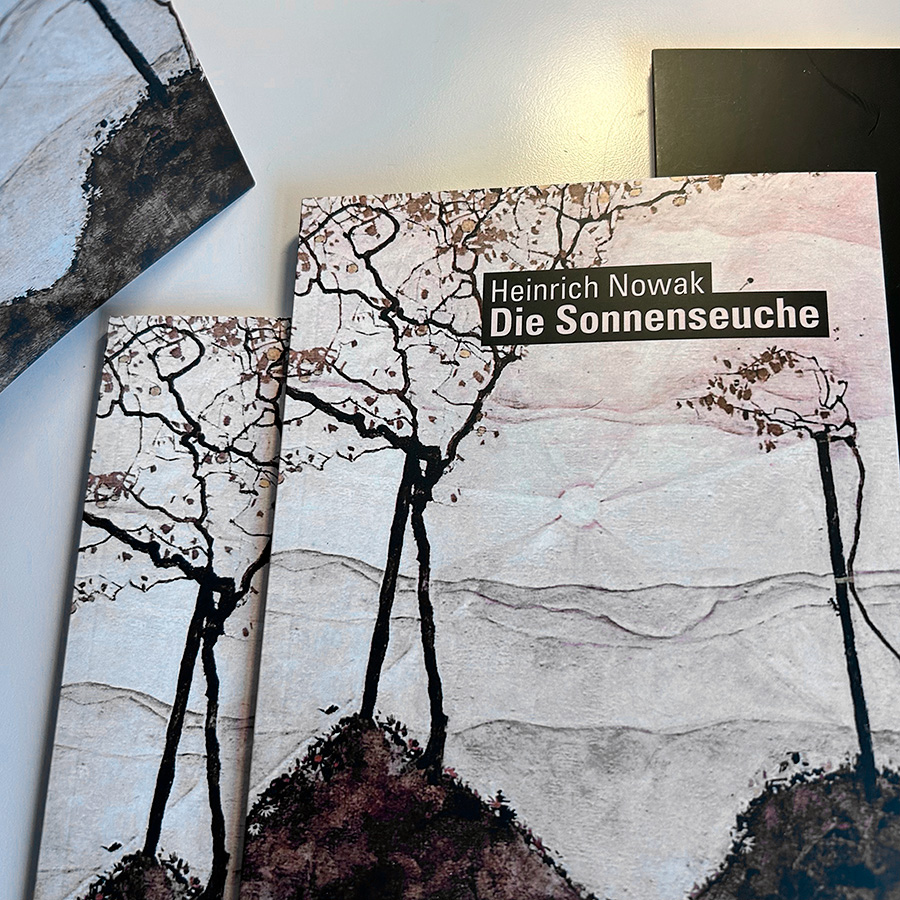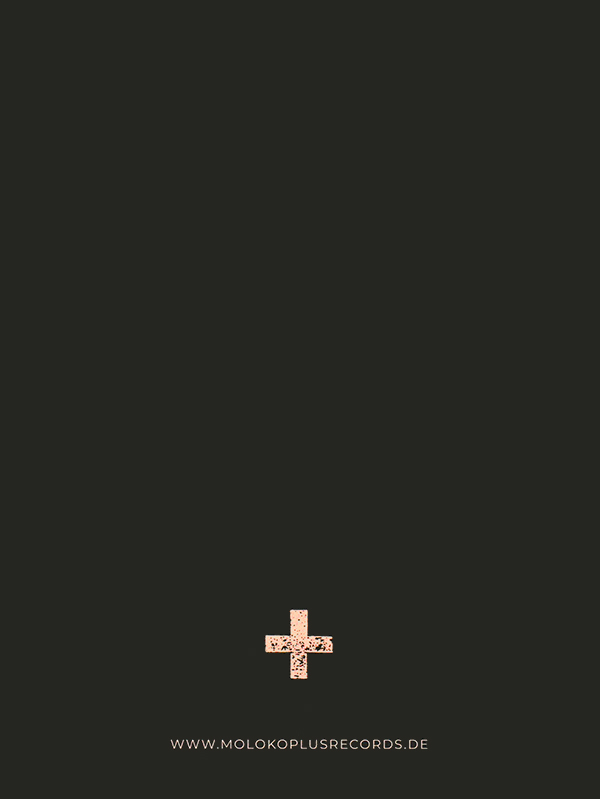 Heinrich Nowak was born in Vienna in 1890. On and off he followed German Studies in that town from 1911 to 1918 and took actively part in the organisation of cultural events, such as re-staging a futurist exhibition from Berlin in 1912. During that period in Vienna, Nowak befriended young expressionists such as Albert Ehrenstein and Egon Schiele and soon emerged as one of Austria’s leading literary expressionists. Until 1918 Nowak’s poems appeared regularly in German and Austrian expressionist magazines and in 1913 his compilation Die Tragische Gebärde was published by Saturn-Verlag, Heidelberg with five woodcuts by Herbert Grossberger. From 1918 Nowak worked as a journalist for leading Viennese newspapers and from 1930 as a reporter for American news agencies. Opposing national-socialism, he was arrested and tortured twice by the Gestapo before he took refuge in Zürich in 1939, where he continued to live and write until his death in 1955.
Heinrich Nowak was born in Vienna in 1890. On and off he followed German Studies in that town from 1911 to 1918 and took actively part in the organisation of cultural events, such as re-staging a futurist exhibition from Berlin in 1912. During that period in Vienna, Nowak befriended young expressionists such as Albert Ehrenstein and Egon Schiele and soon emerged as one of Austria’s leading literary expressionists. Until 1918 Nowak’s poems appeared regularly in German and Austrian expressionist magazines and in 1913 his compilation Die Tragische Gebärde was published by Saturn-Verlag, Heidelberg with five woodcuts by Herbert Grossberger. From 1918 Nowak worked as a journalist for leading Viennese newspapers and from 1930 as a reporter for American news agencies. Opposing national-socialism, he was arrested and tortured twice by the Gestapo before he took refuge in Zürich in 1939, where he continued to live and write until his death in 1955.
Heinrich Nowak’s tale Die Sonnenseuche (The Scourge of the Sun) was first published in 1915 in the expressionist magazine Die weißen Blätter from Leipzig. Inspired by reports of an exceptional and life-threatening heatwave in the USA, the apocalyptic tale remained virtually unnoticed until it was re-published as a book in 1920. In condensed and bone-dry sentences, reminiscent of Boris Vian, Nowak sketches the effects that an intolerable heatwave has on the population of a nondescript large town. Feverish and strangely prophetic, Nowak’s Die Sonnenseuche can now be considered one of the earliest examples of dystopian climate fiction. With a postscript by Wilfried Ihrig, cover art by Egon Schiele and book design by Michael Bulgrin, Moloko Plus has done an excellent job reprinting this classic tale.


